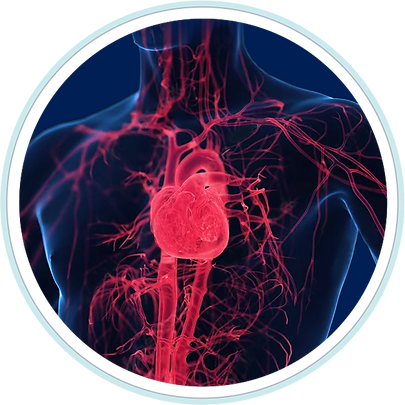
SPKL
WELCOME TO


ABOUT US
SPKL is a medical device startup that specializes in blood flow and perfusion measurement. Our patented technology uniquely positions us to provide low-cost, wearable, quantitative blood flow monitoring. This unprecedented technology will accelerate emergency treatment for life-threating strokes.
About 800 thousand people are affected by stroke every year in the US. A critical barrier that affects their ability to get lifesaving care is the time (sometimes hours) it takes for a patient to reach a hospital that has the necessary imaging equipment to confirm the type of stroke and start the correct treatment. SPKL’s patented wearable optical blood flow monitoring technology seeks to dramatically reduce this time, enabling stroke triaging with an emergency stroke assessment device that can be deployed in the field.

AFFORDABLE QUANTITATIVE BLOOD FLOW MONITORING FOR ALL
Measuring and monitoring the rate of blood perfusion through tissue is critical to assess and characterize circulatory imbalances associated with diseases like stroke. SPKL was founded to develop unique optical technology to address this unmet clinical need.
Our innovative design couples low-cost and low-power optical sources and detectors with a patented electronic circuit to realize the smallest, wearable, optical tissue perfusion monitor. Our design/approach democratizes access to this technology for wide-scale adoption and for several applications.
ADVANCED TECHNOLOGY
PATENTED TECHNOLOGY FOR CARDIO AND NEURO-VASCULAR MONITORING



Wearable blood flow monitoring
A non-invasive wearable optical device for continuous pulsatile blood flow from brain

User friendly from the ground up
‘Plug-and-measure’ technology built with a fundamental goal of being easy-to-use for patients and healthcare providers.

Platform technology
Flexible probes that can be easily adapted for any tissue perfusion monitoring application.

IDSCS EXPLAINED
Integrated Diffuse Speckle Contrast Spectroscopy uses safe amounts of coherent near-infrared light to illuminate the tissue surface. Our detector records the light reflected back from tissue, which fluctuates in intensity due to its interaction with red blood cells. We quantify and analyze these fluctuations with a custom electronic circuit and data processing algorithms to estimate the rate of blood flow perfusion in tissue.
OUR TEAM

PUBLICATIONS





